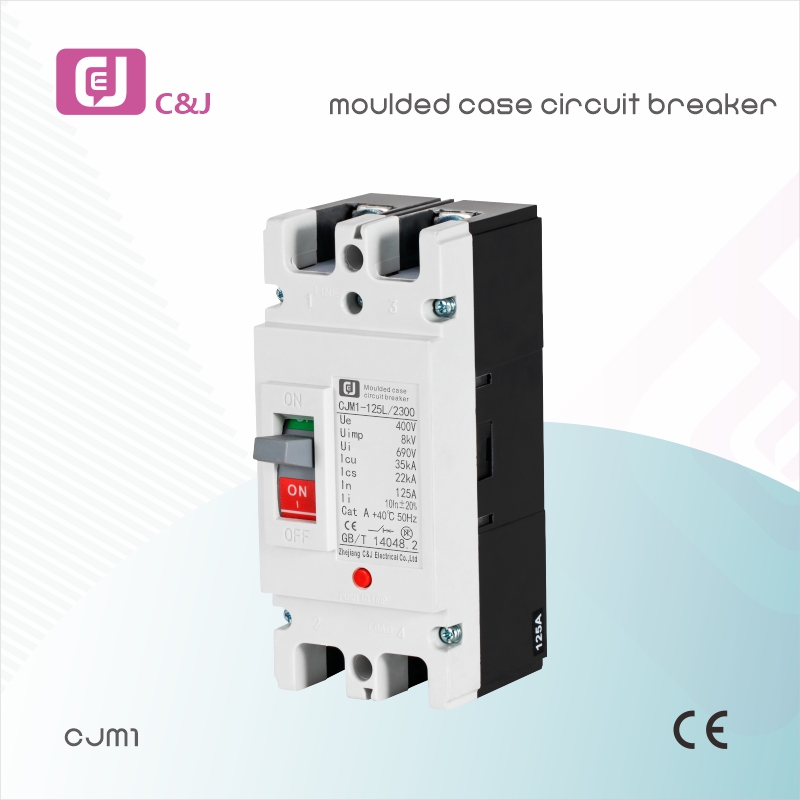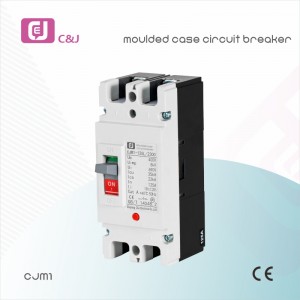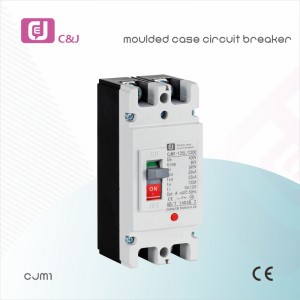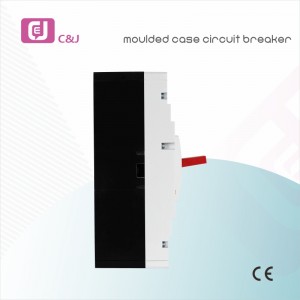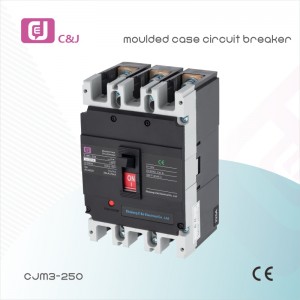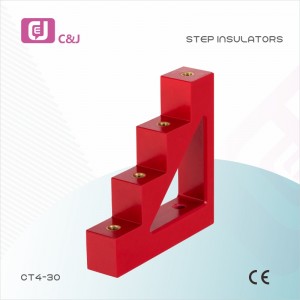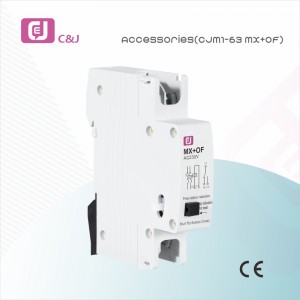CJM1 Mould Case Circuit Breaker Customized 125A with High Breaking Capacity MCCB
MOLDED CASE CIRCUIT BREAKERS (MCCB)
Molded case circuit breakers are electrical protection devices that are designed to protect the electrical circuit from excessive current. This excessive current can be caused due to an overload or short circuit. The molded case circuit breakers can be used in a wide range of voltages and frequencies with a defined lower and upper limit of adjustable trip settings. In addition to tripping mechanisms, MCCBs can also be used as manual disconnection switches in case of emergency or maintenance operations. MCCBs are standardized and tested for overcurrent, voltage surge, and fault protection to ensure safe operation in all environments and applications. They work effectively as a reset switch for an electric circuit to disconnect power and minimize damage caused by a circuit overload, ground fault, short circuits, or when current exceeds the current limiting.
Product Model
CJ:Enterprise code
M:Moulded case circuit breaker
1:Design No
□:Rated current of frame
□:Breaking capacity characteristic code/S denotes standard type (S can be omitted)H denotes higher type
Note: There are four types of neutral pole (N pole) for four phases product.The neutral pole of type A is not equipped with over-current tripping element, its always switched on, and it is not switched on or off together with other three poles.
The neutral pole of type B is not equipped with over-current tripping element, and it’s switched on or off together with other three poles(the neutral pole is switched on before being switched off)The neutral pole of type C is equipped with over-current tripping element, and it’s switched on or off together with other three poles(the neutral pole is switched on before being switched off) The neutral pole of type D is equipped with over-current tripping element, it’s always switched on and is not switched on or off together with other three poles.
Table 1
| Accessory name | Electronic release | Compound release | ||||||
| Auxiliary contact,under voltage release,alam contact | 287 | 378 | ||||||
| Two auxiliary contact sets,alarm contact | 268 | 368 | ||||||
| Shunt release, alarm contact, auxiliary contact | 238 | 348 | ||||||
| Under voltage release,alarm contact | 248 | 338 | ||||||
| Auxiliary contact alarm contact | 228 | 328 | ||||||
| Shunt release alarm contact | 218 | 318 | ||||||
| Auxiliary contact under-voltage release | 270 | 370 | ||||||
| Two auxiliary contact sets | 260 | 360 | ||||||
| Shunt release under-voltage release | 250 | 350 | ||||||
| Shunt release auxiliary contact | 240 | 340 | ||||||
| Under-voltage release | 230 | 330 | ||||||
| Auxiliary contact | 220 | 320 | ||||||
| Shunt release | 210 | 310 | ||||||
| Alarm contact | 208 | 308 | ||||||
| No accessory | 200 | 300 | ||||||
Classification
- By breaking capacity: a standard type(type S) b higher breaking capacity type(type H)
- By connection mode: a front board connection, b back board connection, c plugin type
- By operation mode: a direct handle operation, b rotation handle operation,c electrical operation
- By number of poles: 1P, 2P, 3P, 4P
- By accessory: alarm contact, auxiliary contact, shunt release, under voltage release
Normal Service Condition
- The altitude of the installation site shall not exceed 2000m
- Ambient air temperature
- The ambient air temperature shall not exceed +40℃
- The average value shall not exceed +35℃ with in 24 hours
- The ambient air temperature shall not be less than -5℃
- Atmosphere condition:
- 1There lative humidity of atmosp here shall not exceed 50% at highest temperature of +40℃,and it can be higher atalower temperature,when theaver agelowest temperature in the wettest month doesn’t exceed 25℃ can be 90%,conden sationon product surfacedue to temperature change must be takenin to account.
- The pollution level is class 3


